QOTD: What's the Best Utility Vehicle of the Past 10 Years?

Last week we took entries for the worst utility vehicle of the past decade. There were certainly plenty of submissions; it’s always easy to dream up crossover criticism (less dream, more nightmare in the case of the Acura ZDX).
This time around, we flip the question: What’s the best utility vehicle of the past 10 years?
As before, we’re limiting this question to vehicles sold between model years 2008 and 2017. Selected vehicles must have been available in the North American market for consideration.
While sales figures are an indication a particular vehicle is popular, they cannot be used to conclude a utility vehicle is good. A utility vehicle gobbling up market share could simply be a result of factory incentives, suspicious inventory trickery, or fleet sales. Overall, just don’t use sales as primary argument for a best of the breed selection.
So what does make for a “best” utility vehicle, as we seek today? A few qualifiers to ponder:
- Substantive cargo area
- Reliability
- Affordability to many
- Fuel economy
- Flexible seating
- All-wheel drive
- Practical size
At risk of being labeled a fanboy, a term thrown around these pages frequently and with indelicate fervor, I’ve made a single selection as example. And it’s not the Range Rover up there — don’t be ridiculous.
For 20 years and five generations now, the Honda CR-V has propelled North America away from Home Depot and around the occasional wet or leaf-covered road in relative space, comfort, and economy. The interiors hold up, engines and components are reliable, and resale value is decent or good even for high-mileage examples. It’s not luxuriously expensive from new.
In upper trims with metallic paint, it can look suitably upscale. Powered via all-wheel drive and CVT, the CR-V is rated 25 miles per gallon in the city and 31 on the highway. It’s more useful than subcompact CUV entries, as it’s not too small. It doesn’t have the third-row seat of larger family haulers that compromises passenger and cargo space 97 percent of the time, when the rearmost row is not in use.
It’s relatively a lot of things, to kind of a lot of people. I’m probably wrong though, so tell us your pick for best utility vehicle.
[Images: The Truth About Cars; Jaguar Land Rover; Honda]

Interested in lots of cars and their various historical contexts. Started writing articles for TTAC in late 2016, when my first posts were QOTDs. From there I started a few new series like Rare Rides, Buy/Drive/Burn, Abandoned History, and most recently Rare Rides Icons. Operating from a home base in Cincinnati, Ohio, a relative auto journalist dead zone. Many of my articles are prompted by something I'll see on social media that sparks my interest and causes me to research. Finding articles and information from the early days of the internet and beyond that covers the little details lost to time: trim packages, color and wheel choices, interior fabrics. Beyond those, I'm fascinated by automotive industry experiments, both failures and successes. Lately I've taken an interest in AI, and generating "what if" type images for car models long dead. Reincarnating a modern Toyota Paseo, Lincoln Mark IX, or Isuzu Trooper through a text prompt is fun. Fun to post them on Twitter too, and watch people overreact. To that end, the social media I use most is Twitter, @CoreyLewis86. I also contribute pieces for Forbes Wheels and Forbes Home.
More by Corey Lewis
Latest Car Reviews
Read moreLatest Product Reviews
Read moreRecent Comments
- Daniel J I generally love colors outside of the normal white, black, or silver. The biggest issue we've had is Mazda tends not to put the colors we want with the trim or interior we want.
- Daniel J If you believe what Elon says, he said on X that the plan is expand at current locations and make sure that the current chargers are being maintained. Like I said on the previous thread on this, they probably looked at the numbers and realized that new chargers in new places aren't cost effective.
- Daniel J How is this different than a fully lifted truck? I see trucks rolling off the lot with the back lifted already, and then folks get the front lifted to match. Are there specific "metrics" at how high they can and can't be? The example shown has the truck's front lifted more than normal, but I've seen these around here where the backend is dropped and the front end is at a regular height.
- Theflyersfan I think color is FINALLY starting to return to car lots. After what seems like over a lost decade of nothing but shades of gray, whites, and black, I'm seeing a lot more reds and blues creeping into luxury car lots. Except Audi and Volvo. They still have at least 6-8 shades of gray/silver. But they at least have a nice green. Honda and Acura seem to have a bunch of new colors. And all carmakers need to take a serious look at the shades of red seen at the Alfa Romeo lot and tell themselves they want that because that looks amazing.
- Bd2 Well, it's no Sonata, nor does it have the panache of the Optima.



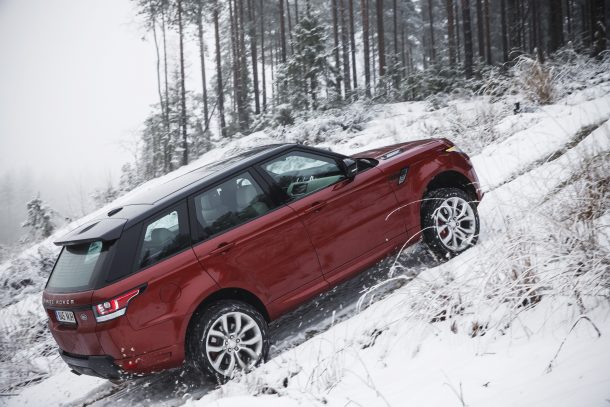



















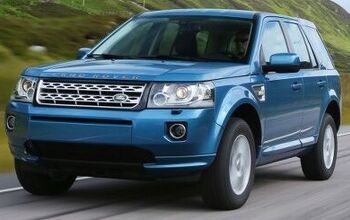

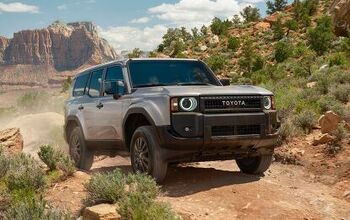
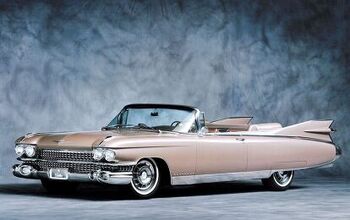

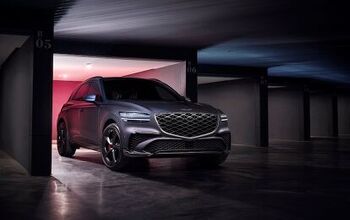
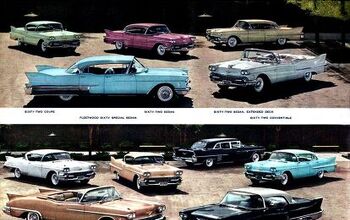
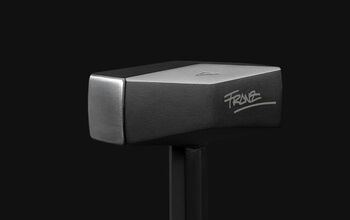

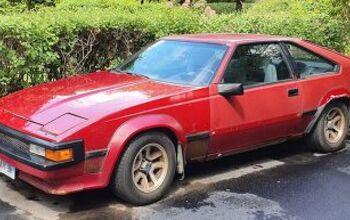

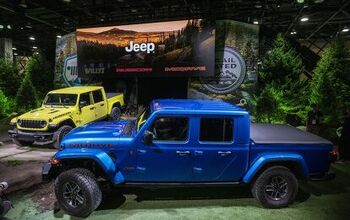

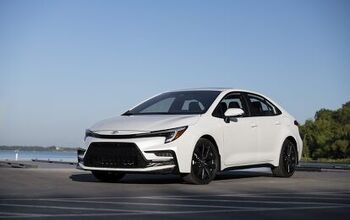

Comments
Join the conversation
I'd have to agree with the Grand Cherokee, despite FCA reliability concerns.
Can't buy Union made cars, the Honda is a soulless grocery getter. If you want something with room and comfort get a E63 estate. Amazingly fast, handles well enough horsepower/tq to pull start a planet and a great interior that makes driving a joy. Range Rover have problems but mostly when people who can't afford them or are who too busy neglect the maintenance. I had a 2004 Land Rover discovery that I whipped all the time but took care of the maintenance. It was still very nice when I sold it at 175K miles. If you put that next to all but the very pampered US made SUVs you'd see the difference between a vehicle that makes it to 175K miles still going strong and looking good and a worn wagon. I hate the idea that US cars have to cut costs to afford a union shop and we end up getting the guilt trip with by made in the US is ugly. Too many good people wanting to do the right thing aren't getting that buying union made is contradictory- go look at who UAW gives their donations to socialist minded Dems who are at the very same time working to increase corporate taxes, stomp on industry with useless regulatory fees and fines. Unfortunately, UAW has politicized car buying by having lopsided donations and providing manpower for socialist candidates. anti American values isn't even the beginning. And unfortunately the average worker is caught in the middle.